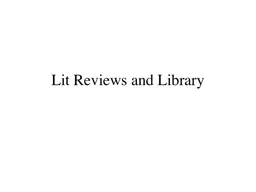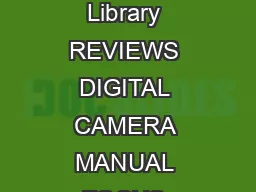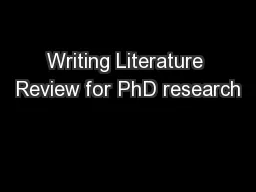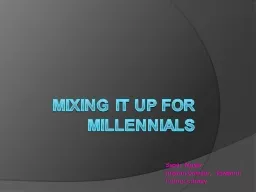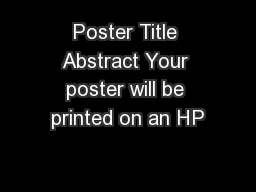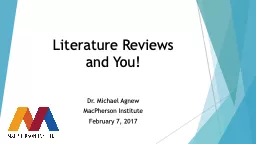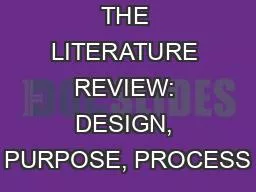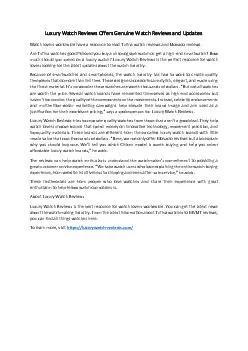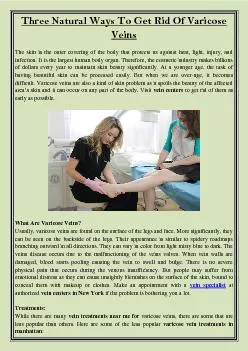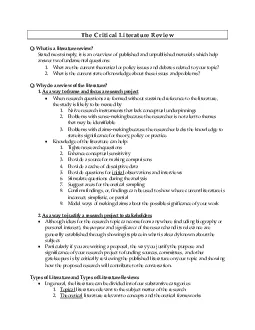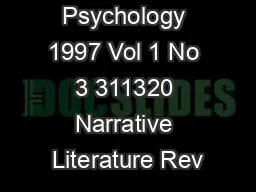PPT-Lit Reviews and Library 2 Doing a Literature Review Step 1: Pin a poster of your purpose
Author : conchita-marotz | Published Date : 2019-11-01
Lit Reviews and Library 2 Doing a Literature Review Step 1 Pin a poster of your purpose statement up over your computer Step 2 Make an outline based on the purpose
Presentation Embed Code
Download Presentation
Download Presentation The PPT/PDF document "Lit Reviews and Library 2 Doing a Litera..." is the property of its rightful owner. Permission is granted to download and print the materials on this website for personal, non-commercial use only, and to display it on your personal computer provided you do not modify the materials and that you retain all copyright notices contained in the materials. By downloading content from our website, you accept the terms of this agreement.
Lit Reviews and Library 2 Doing a Literature Review Step 1: Pin a poster of your purpose: Transcript
Download Rules Of Document
"Lit Reviews and Library 2 Doing a Literature Review Step 1: Pin a poster of your purpose"The content belongs to its owner. You may download and print it for personal use, without modification, and keep all copyright notices. By downloading, you agree to these terms.
Related Documents

